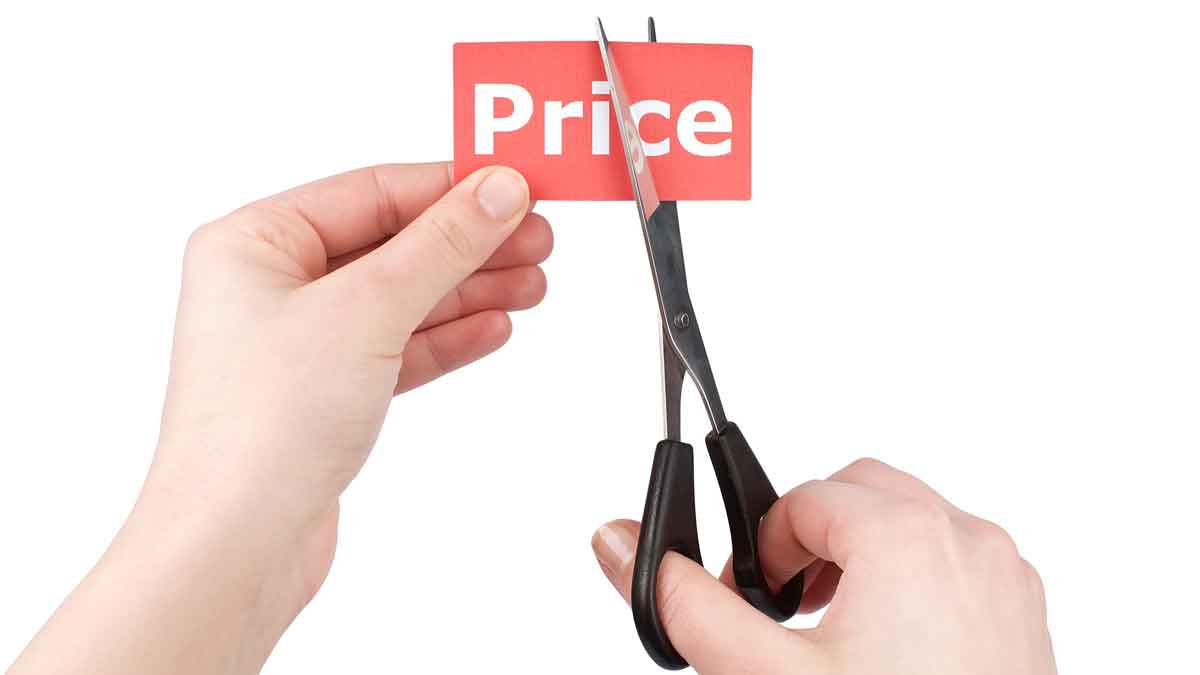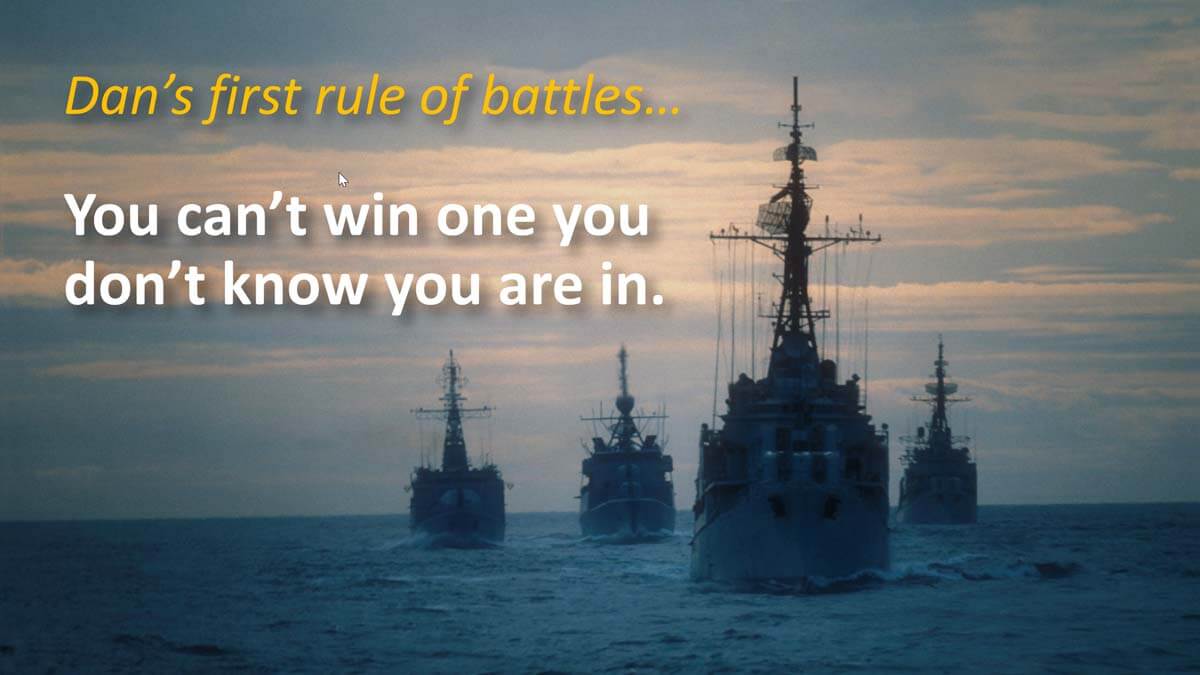You have to deliver important value that customers cannot get anywhere else. If customers can get this same value from just one other supplier, they’ll use it as leverage for lower pricing. So the difference between delivering new value and matching existing value is the difference between raising and lowering market pricing.
More in white paper, Catch the Innovation Wave (page 8)
If you don’t ask customers the right questions, you can’t quantitatively assess their next best alternative. So you’ll have to guess at pricing. Guess too high and customers won’t buy. Guess too low and… well, customers will let it go this time. And you leave money on the table, perhaps for a decade or more.
More in white paper, Catch the Innovation Wave (page 12)
Picture this: A customer tells your sales rep what they want, who hands it off to your R&D. This clever customer tells your competitors the same thing. Terrific. If more than one supplier crosses the finish line, you can forget any price premium. Try this: You choose the race conditions by targeting an attractive market, and exploring its needs better than competitors. This is one reason why market-facing innovation is superior to customer reactive innovation.
More in 2-minute video at 16. Segment by markets for innovation
If all customer outcomes in a market are either unimportant or already satisfied, you’ll see low Market Satisfaction Gaps. This is an over-served market, and there’s only one thing that makes these customers happy: Dropping your price. Race to more attractive markets and hope your competitors waste resources here. Have you identified your over-served markets yet?
More in white paper, www.marketsatisfactiongaps.com
It’s natural to ruminate on the future; in particular, about technology adoption. What changes will future technology waves bring? Will we ride them to riches or drown under the weight of disruption? A Danish proverb warns that “Prediction is dangerous, especially about the future.” A cycle of bad logic Unfortunately, when we theorize, we can ... Read More
What is a “fast follower?” What’s a fast follower definition? Well, consider this: Bigfoot and the fast follower strategy have much in common. Namely, they’re both myths. Bigfoot, of course, is that Chewbacca-like beast that supposedly has roamed North America for thousands of years. And he (or she?) surely must be real because of all ... Read More
Do you think your competitors also plan to exceed market growth? So, all the competing suppliers plan to grow faster than the market they serve, year… after year… after year. As Dr. Phil would say, “How’s that been working for you?” Maybe it’s time for a different plan. A plan built on innovation, not hope… on well-grounded skills, not blue-sky spreadsheets.
More in 2-minute video at 2. Superior B2B growth is challenging
Will you win because your R&D people are 20% smarter than the competition’s? If that logic sounds shaky, here’s a suggestion: What if your R&D worked only on problems customers truly cared about… while competitors kept guessing what to work on? Would that be a competitive advantage? This is easier than you think… but maybe you’d rather try to hire geniuses.
More in white paper, www.catchtheinnovationwave.com (page 4)
Unless your company has smarter employees, some inherent unassailable advantage, or a markedly different approach to satisfying customers… pesky competitors will always limit your growth. What if you and your competitors were all committing the same innovation errors… but you corrected them first? Good news: There is much to correct.
More in research report, www.whatdrivesb2borganicgrowth.com
What is Blue Ocean Strategy? Blue Ocean Strategy is the process of targeting a combination of unmet customer needs for innovation that are currently underserved by traditional competitors. It’s one of those ideas that sounds obvious after someone explains it to you. But that is just the beginning… How should we think about Blue Ocean ... Read More
Learn these six ways to avoid the Commodity Death Spiral that short-term-thinking business leaders fall into: 1) Take ownership of your future. 2) Measure your progress. 3) Change your time horizon. 4) Work on high-impact products. 5) Get out more. 6) Directly engage your customers. ... Read More
While VOC is extremely important, the most overlooked practice in B2B product development today is competitive benchmarking. This should be done in the front-end of innovation using 4 steps: 1) Identify outcomes to benchmark, 2) Identify customers’ alternatives, 3) Identify test methods, and 4) Identify benchmark levels (how good is good enough?) ... Read More
In the 1970’s, Detroit automakers didn’t realize they were in a battle for quality. but Toyota did. In later years, the battle moved from quality to productivity improvements. But those were both last century’s battles. Today the battle is over innovation… to deliver more value to customers than your competitors.
Does your business leadership team know it’s in a battle for innovation? One way to find out is to wait until a competitor upends your market with a blockbuster new product. A better approach is to start building innovation capabilities earlier and strong than those competitors. More in white paper, Catch the Innovation Wave
Also see 2-minute video, Catch the innovation wave
Most B2B companies waste millions of dollars in failed product development. This often isn’t because their scientists can’t come up with good answers… but rather they’re working on the wrong questions. Good customer insight lets you move into the Non-Obvious zone, working on customer problems your competitors miss. ... Read More













